The Role of Oxidative Stress in Aging and How to Prevent It
Aging is natural, but how we age—and how gracefully our bodies handle it—can depend on how well we manage oxidative stress. This invisible force doesn’t just lead to wrinkles and gray hair. It affects how we think, feel, and live every day. From brain fog to bloating and hormonal imbalances, oxidative stress is often at the root.
Understanding how oxidative stress accelerates aging—and what you can do about it—can help you feel vibrant and energized for years to come. Let’s dive into what oxidative stress is, how it impacts your body, and simple, sustainable strategies to protect your health and vitality.
What Is Oxidative Stress?
Oxidative stress happens when harmful molecules called free radicals overwhelm your body’s natural defenses, damaging your cells. Over time, this leads to:
Visible signs of aging: Wrinkles, sagging skin, and dullness.
Cognitive decline: Forgetfulness, poor focus, or brain fog.
Chronic conditions: Heart disease, diabetes, and even autoimmune issues.
In today’s world, exposure to pollution, processed foods, and everyday stressors adds to the oxidative load. But the good news? You can reduce its impact by addressing root causes and supporting your body’s natural defenses.
How to Reduce Oxidative Stress and Age Gracefully
Here’s a functional medicine approach to lowering oxidative stress so you can love your life at every age.
1. Eat Antioxidant-Rich Foods
Antioxidants are your body’s armor against free radicals. Fill your plate with:
Vitamin C: Citrus fruits, bell peppers, and berries to boost your glow and protect cells.
Vitamin E: Nuts, seeds, and spinach for skin and cell repair.
Polyphenols: Found in dark chocolate, green tea, and colorful veggies to fight inflammation.
Carotenoids: Sweet potatoes and leafy greens to protect against UV damage.
Tip: Avoid processed foods and sugar—they fuel free radical production. Focus on whole, organic, nutrient-dense foods for long-term health.

2. Support Your Mitochondria
Your mitochondria are your cells’ energy powerhouses, but they’re sensitive to oxidative damage. To keep your energy high and your aging process slow:
Key nutrients like CoQ10 and L-carnitine help mitochondria thrive.
Intermittent fasting encourages your body to clear out damaged cells, reducing stress on your mitochondria.
Boosting mitochondrial health also improves your focus, energy, and ability to handle stress.
3. Reduce Inflammation
Oxidative stress and inflammation are deeply connected, so breaking the cycle is essential. Key strategies include:
Omega-3 fatty acids from salmon, flaxseeds, and walnuts to soothe inflammation.
Turmeric and ginger for their potent anti-inflammatory benefits.
Stress reduction techniques like yoga, meditation, or nature walks to lower cortisol, which contributes to inflammation.
4. Detox Your Environment
Everyday toxins—from pesticides to household chemicals—add to your oxidative stress load. Protect yourself by:
Switching to non-toxic cleaning and personal care products.
Using water filters to reduce exposure to heavy metals.
Supporting detox pathways with cruciferous veggies, milk thistle, and NAC supplements.

5. Prioritize Lifestyle Wellness
Small, consistent lifestyle shifts make a big difference:
Exercise: Move your body regularly, but avoid overdoing it to prevent excess oxidative stress.
Sleep: Prioritize 7–8 hours of quality sleep to give your body time to repair.
Stress Management: Try deep breathing, mindfulness, or gratitude journaling to calm your nervous system.
6. Consider Supplementation
Modern life can make it tough to get everything you need from food alone. Supplements like glutathione, vitamin C, and resveratrol can help support your antioxidant defenses.

Aging Well Starts Today
Reducing oxidative stress isn’t about perfection—it’s about progress. By addressing root causes through nutrition, lifestyle, and detoxification, you can feel younger, think clearer, and truly love your life.
Ready to take control of your health and aging journey? Let’s create a personalized plan just for you.
👉 Book a 15-Minute Discovery Call and start feeling your best today!
_________________________________________________________________________
Sources
Harman, D. (1956). Aging: a theory based on free radical and radiation chemistry. Journal of Gerontology, 11(3), 298-300.
Valko, M., Leibfritz, D., Moncol, J., Cronin, M. T., Mazur, M., & Telser, J. (2007). Free radicals and antioxidants in normal physiological functions and human disease. The International Journal of Biochemistry & Cell Biology, 39(1), 44-84.
Lobo, V., Patil, A., Phatak, A., & Chandra, N. (2010). Free radicals, antioxidants and functional foods: Impact on human health. Pharmacognosy Reviews, 4(8), 118-126.
Finkel, T., & Holbrook, N. J. (2000). Oxidants, oxidative stress and the biology of ageing. Nature, 408(6809), 239-247.
Gladyshev, V. N. (2014). The Free Radical Theory of Aging Is Dead. Long Live the Damage Theory! Antioxidants & Redox Signaling, 20(4), 727-731.
Powers, S. K., & Jackson, M. J. (2008). Exercise-induced oxidative stress: cellular mechanisms and impact on muscle force production. Physiological Reviews, 88(4), 1243-1276.
Di Meo, S., Reed, T. T., Venditti, P., & Victor, V. M. (2016). Role of ROS and RNS sources in physiological and pathological conditions. Oxidative Medicine and Cellular Longevity, 2016.
Zimmet, P., Alberti, K. G. M. M., & Shaw, J. (2001). Global and societal implications of the diabetes epidemic. Nature, 414(6865), 782-787.
Kemp, M. G., & Sancar, A. (2012). DNA excision repair: where do all the dimers go? Cell Cycle, 11(16), 2997-3002.
Evans, J. L., & Goldfine, I. D. (2000). Alpha-lipoic acid: a multifunctional antioxidant that improves insulin sensitivity in patients with type 2 diabetes. Diabetes Technology & Therapeutics, 2(3), 401-413.


